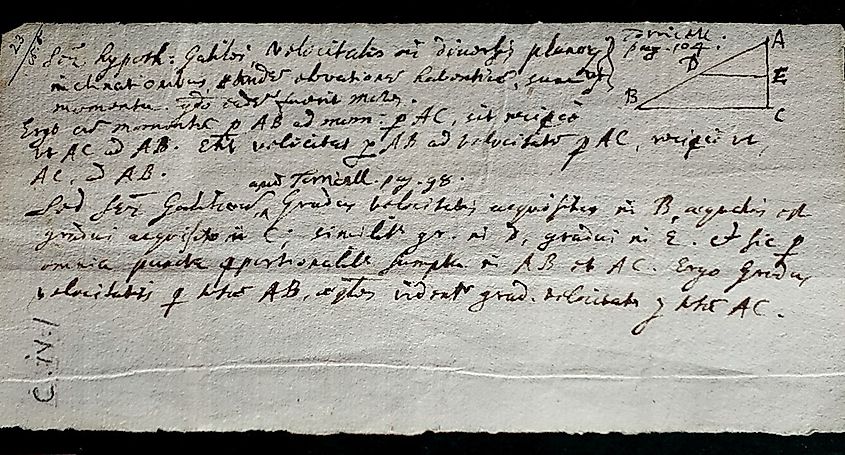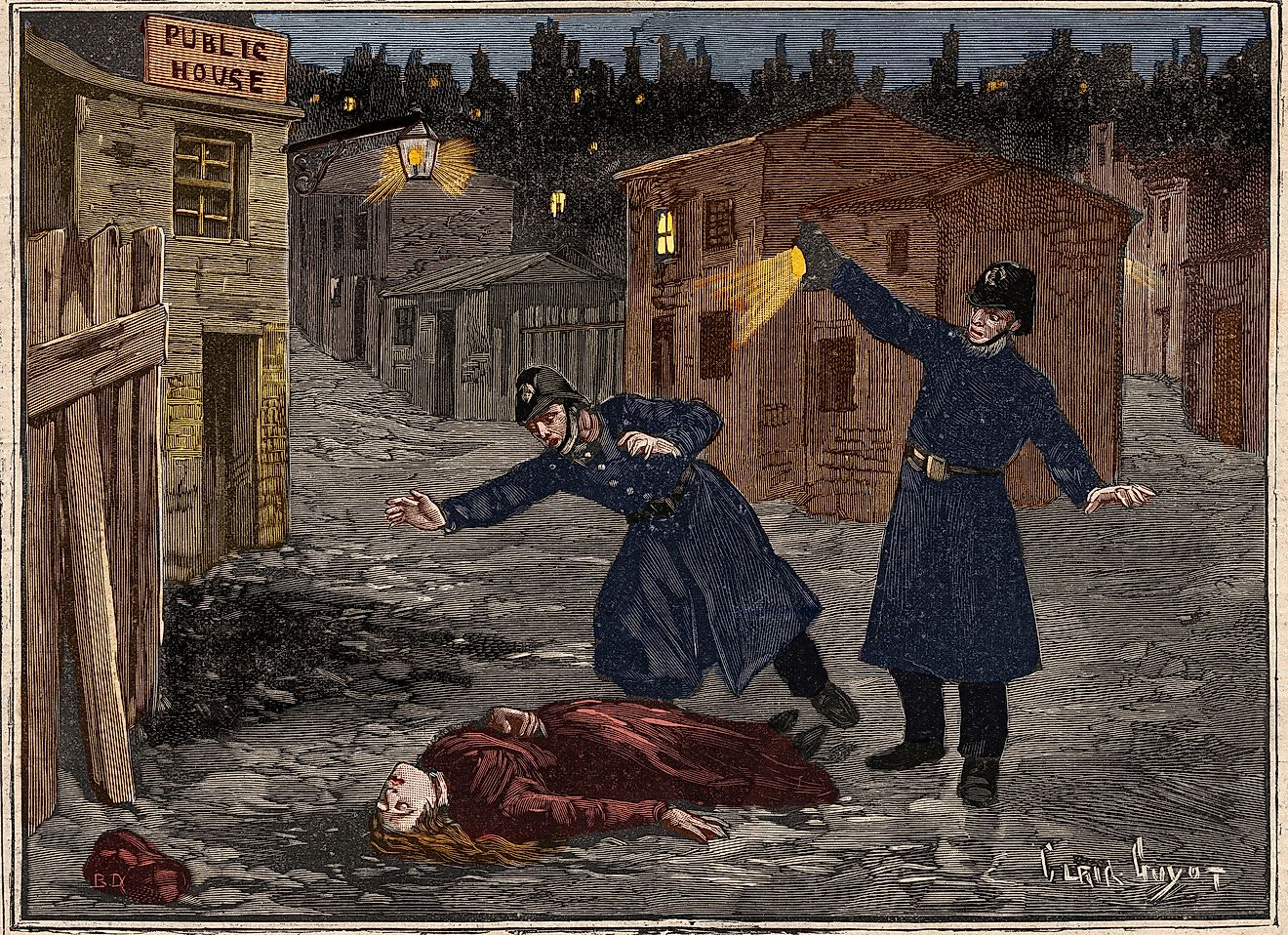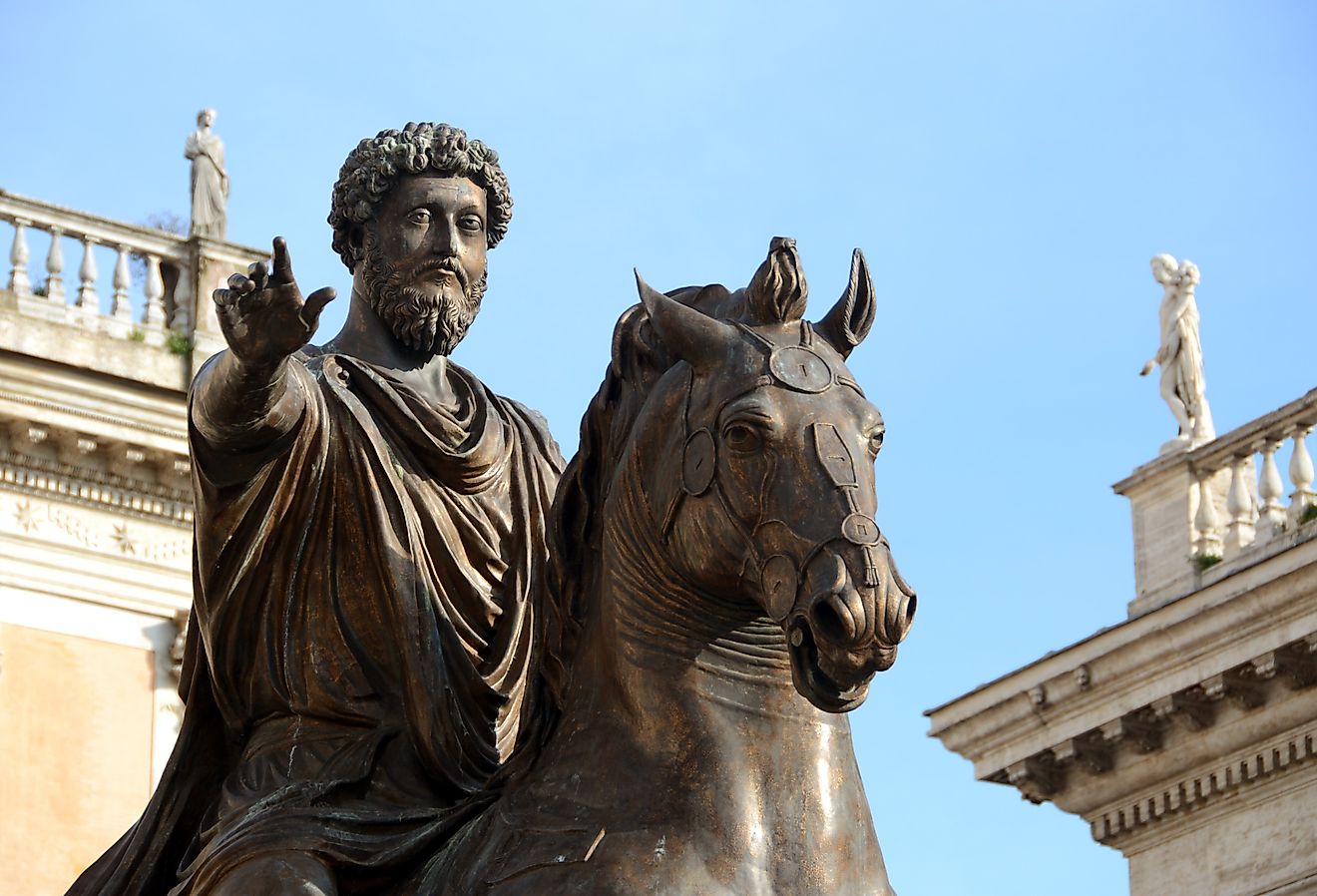
Hobbes' Philosophy Of Science
Remembered most for his book Leviathan, Thomas Hobbes was a significant philosopher, scientist, and historian. He made unique contributions to Traditional Western philosophy and famously wrote his political philosophy in his book Leviathan in 1651. Despite being most known for his political theories, Hobbes was also a scientist. He wrote about the phenomena of matter in motion.
While there were people who ridiculed his scientific writing, Hobbes did make unique discoveries in Optics. Hobbes took pride in this discovery and said, "I shall deserve the Reputation of having been the first to lay the ground of two Sciences, this of Opticques, the most curious, and that other of natural Justice, which I have done in my book de Cive, the most profitable of all other." Discover who Thomas Hobbes was and his most prominent scientific theories.
Early Influence and Background

In Hobbes' early life, he rigorously studied. He grew up without the support of his father and learned independence early on. His father was a vicar at a church. After brawling at his own church door, the community disgraced him, and he left Hobbes in the care of his brother.
At four, Hobbes attended school at Westport, followed by a private school, and at 15, he attended Oxford University. There, he took a traditional arts degree, where he fostered his interest in politics and maps. After completing his degree, Hobbes worked a variety of jobs for the wealthy and aristocratic Cavendish family. There, Hobbes worked as a translator, traveling companion, keeper of accounts, business representative, political adviser, and scientific collaborator. Hobbes also worked for Sir Charles Cavendish, who was the center of an informal network of scientists called "Welbeck Academy."
In his work, Hobbes' interests in the natural sciences and politics flourished. He joined various intellectual networks in England, including a group of scientists, theologians, and philosophers that Rene Descartes was a part of. Hobbes was never formally trained in the sciences or mathematics. He was self-taught and inspired by conversations with his employers. The idea of motion sparked Hobbes' interest in the natural sciences.
The Idea of Motion

The idea of motion was one of Hobbes' original interests in the natural sciences. According to Hobbes, motion, in both the literal and hypothetical sense, is the universal cause of everything. In the literal sense, this applies to the science of motion. Hobbes believed various branches of science were a product of motion. In this view, even mathematical disciplines such as geometry are a science of motion. Even more abstract disciplines in philosophy, such as ethics, Hobbes considered a study of the motions of the mind. Considering the extent to which the science of motion affects, Hobbes believed that understanding the motions of the mind was integral to studying the physical bodies.
Hobbes' View of Scientific Knowledge
Hobbes also believed in order to have scientific knowledge, someone had to address the actual cause of the phenomenon. This had to be more than speculation. However, Hobbes believed that the only way to know for certain that there was a cause of something was by being able to create it. In Hobbes' opinion, this meant only geometry and civil philosophy, also called politics, were true bodies of scientific knowledge. In geometry, people make lines and figures and create tangible elements to show their work. In civil philosophy, we make our society, showing our theories.
Contributions to Optics

One of Hobbes' most significant contributions to the natural sciences was in optics. The main idea in Hobbes' optical theory was that the dilations and contractions of an original light source, such as the sun, stimulate the eye through contact with a supernatural medium. The result of this encounter is a sense-image. What was important to Hobbes about this sense-image was the motion and matter behind the interaction. The motion of a light source and the disturbance it causes to matter (our physical nervous system).
While today Hobbes' theory might seem outdated, his theory was significant at the time and an important step in developing other optical theories. Prior to Hobbes' theory, Aristotle's optical framework for optics was the prevailing view. Aristotle's theory stated that seeing the color of something was a matter of seeing how things form. For example, seeing a red tomato meant the sensory organ had to reproduce the form and abstract it to the mind. In this view, the mind has a bigger role in perceiving an object since it creates the image.
Human Nature as a Branch of Science

Hobbes applied his scientific concepts to disciplines beyond the natural sciences. He believed political philosophy should also follow the scientific method. To understand how Hobbes viewed politics as a branch of science, we must first understand how he viewed human nature and moral philosophy. According to Hobbes, moral philosophy is a part of physics. This is because moral philosophy also follows the idea of motion. The motion of material bodies on our sensory organs causes motion in the mind. Since physics studies material things, Hobbes saw morality as a part of physics. Beyond being a part of physics, moral philosophy is also the starting point for political philosophy. Moral philosophy lays down the foundational ethical principles that politics build on.
An example of this thinking is how political systems break down into smaller pieces. In physics, matter is comprised of smaller pieces. Similarly, Hobbes breaks down the commonwealth into its fundamental parts. Hobbes sees these as motions of the mind. In Leviathan, Hobbes explains his view on the nature of the mind.
Political Philosophy

Hobbes's political philosophy is extensively outlaid in his book Leviathan. All the arguments in Hobbes' book follow the same format as a geometric proof. The idea of using geometry in philosophy was not new. The Geometrical Method is the style of proof originally used in Euclid's proofs in geometry. Spinoza used the Geometrical Method in his proofs in ethics. Hobbes' method of using the Geometrical Method in his political philosophy was by establishing first principles and definitions. Each step of his argument makes a conclusion based on his previous step.
The inspiration for Hobbes to make a philosophical method like geometric proof was from Galileo. Hobbes met Galileo on his travels in Europe in the 1630s. Hobbes noticed in geometry, the solutions to problems are solid because the steps leading to the conclusions are indisputable. He made it his goal to make a similar method for philosophy. His writing of Leviathan is a record of this attempt.
Politics From the Geometric Method
In Leviathan, the Geometric Method is apparent in Hobbes' description of the laws of nature. His definitions of the laws of nature provide a series of conclusions similar to geometric proof. Hobbes first defines laws of nature as leading people to peace. To accomplish this, the laws must be rational.
Laws of Nature

The first law of nature is cooperation. Everyone should seek peace with others. When others do not want to cooperate, this leads to war. This law shows people's need to secure peace for self-preservation. Hobbes' believed everyone has an inherent right to do what they feel is right for their own survival. While this may sound obvious, the problem with this is that it can cause war. Different people may feel they need different needs for their survival. To secure peace, society requires that people give up a portion of this right.
From the first law of nature, Hobbes derived a second law, which is about peace. Hobbes believed to have peace, people had to give up their first right. Giving up their first right could mean relinquishing it all together or transferring it to a specific person. Hobbes believed the best way to escape war was by transferring this right to a common power. The second law of nature gives rise to the third law, which is about following rules. The third law states that to avoid civil conflict, we have to follow the rules we consented to made by the common power. In Leviathan, Hobbes outlines other natural laws. Almost all his conclusions follow the format of the Geometric Method.
Common Criticism

Although Hobbes valued his work, he was not always consistent in applying a scientific method to his political philosophy. Some people have criticized his philosophy for this inconsistency. In Leviathan, Hobbes makes a claim that self-inspection is the main method for understanding his political philosophy. However, this contradicts his statement in the foundational principles about their connection to physics. If his political philosophy rested on physics, self-inspection would not be the main method for understanding his work.
In Leviathan, Hobbes does not closely follow the Geometric Method. When he is describing his ideas, they do not all follow the pattern of deriving conclusions from fundamental principles. Instead, Hobbes talks through his ideas using rhetorical devices. Hobbes probably used this technique, so more people would read his work.
Besides the criticisms Hobbes' work faces now, Hobbes' work faced criticism at the time he wrote his philosophy, and his work was not always taken seriously. There are theories his work wasn't seriously considered because of his association with atheism. Hobbes also had disagreements with Robert Boyle, another prominent philosopher at the time.
Why Learn About Hobbes?
Considering what critics say about the inconsistency in Hobbes' work, you might wonder why you should bother reading his works. Beyond being an important figure in history, there are many reasons to learn about Hobbes and his work. Understanding his views on science gives insight into his political philosophy. While you might not agree with his political philosophy, Hobbes' work inspires curiosity about important conceptions, such as the role of government, having individual rights, maintaining peace, and who should have rights to maintain peace. These ideas are all integral to setting up a society. While Hobbes talked about these concepts over three centuries ago, they are still relevant today. Learning about Hobbes can inspire you to think more deeply about these concepts. To learn more about Hobbes' philosophy, consider reading the philosophy classic Leviathan.











